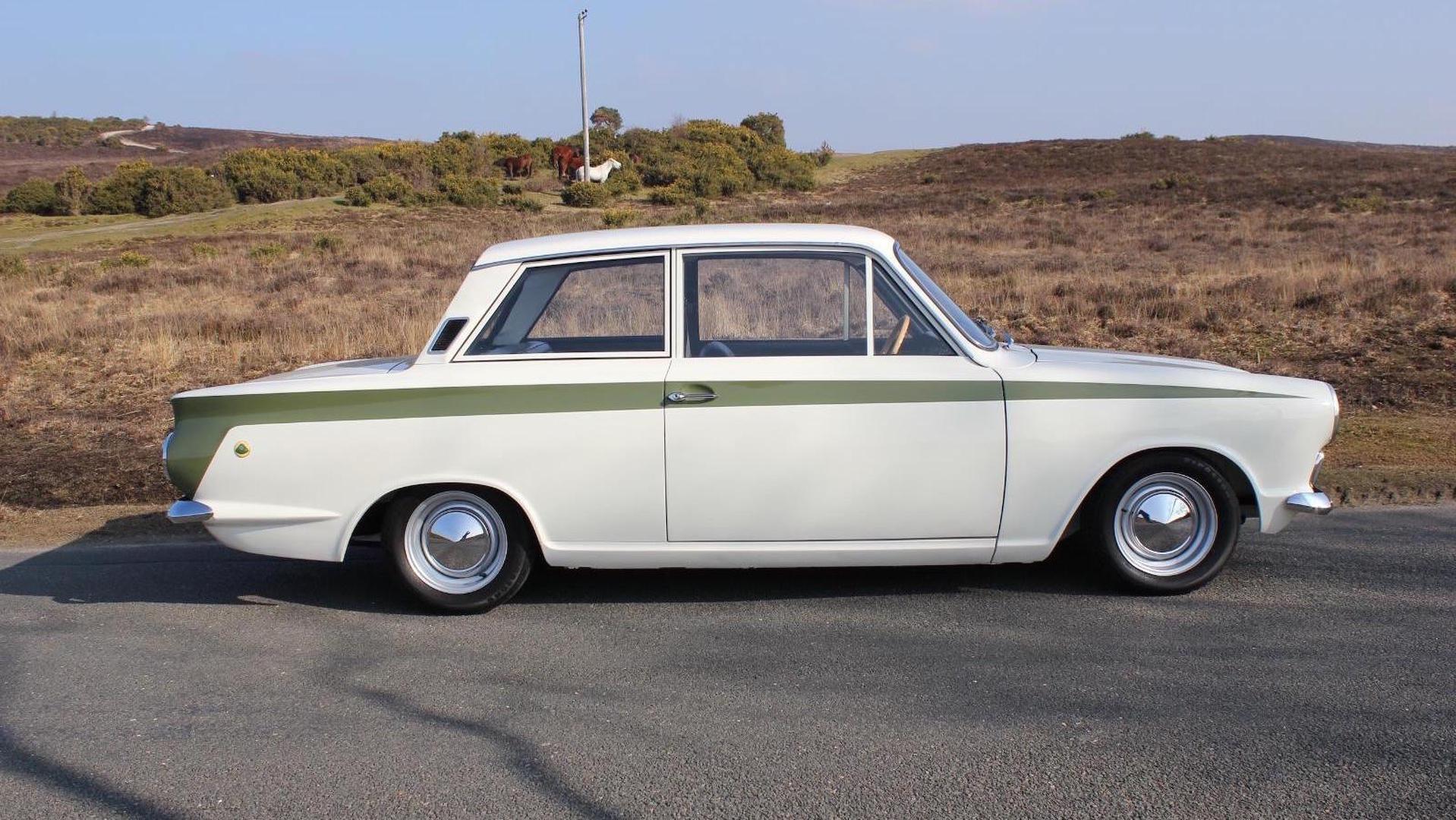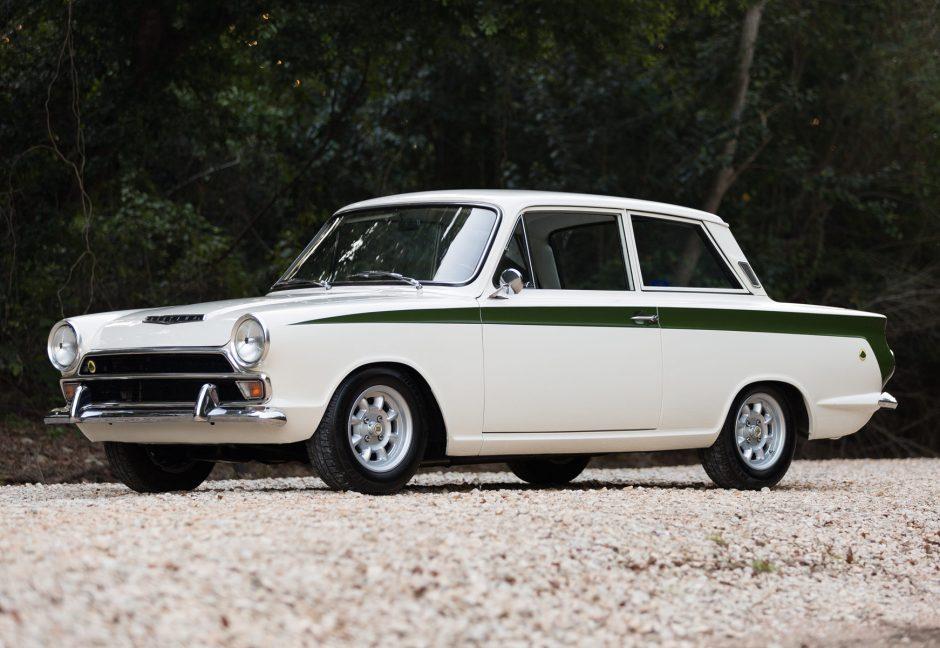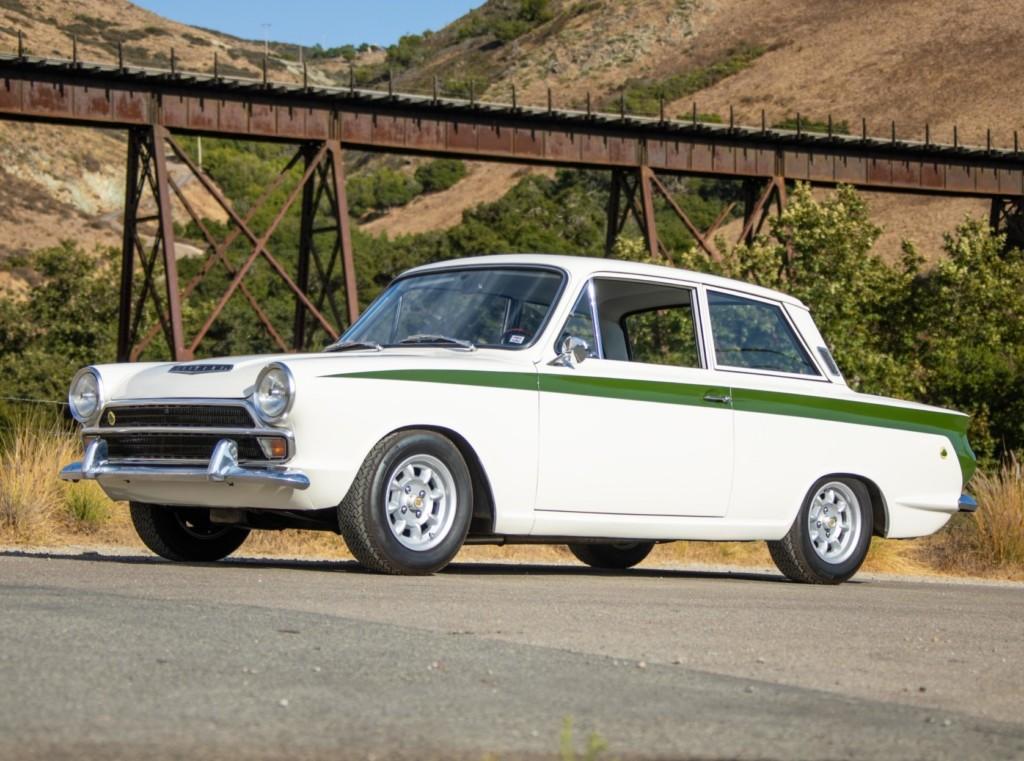1966 Ford Cortina Lotus

The descriptions of the Classic Cars in the Directory were partly generated or supplemented with the help of artificial intelligence (AI). The content may occasionally not always be entirely accurate or factually correct despite careful checking.
The Ford Cortina Lotus 1966 is a renowned sports sedan that was developed in collaboration between Ford Motor Company and Lotus Engineering Ltd. This car was designed to deliver a high-performance driving experience combined with comfort, practicality, and affordability. The Cortina Lotus 1966 has a timeless appearance and a reputation for exceptional handling, making it a favorite among car enthusiasts.
Under the hood of the Cortina Lotus 1966, there is a 1.6-liter inline-four engine, which was developed by Lotus and is capable of generating up to 115 horsepower. This engine combines an iron block and an aluminum cylinder head, which reduces the overall weight and enhances the performance. The engine is equipped with two Weber 40DCOE carburetors and a five-bearing crankshaft to optimize fuel efficiency.
The engine is paired with a Ford four-speed manual transmission with synchromesh gearing, which allows the driver to shift gears smoothly and efficiently. The transmission is also equipped with a close-ratio gearbox, which enhances acceleration and top speed. The Cortina Lotus 1966 has a rear-wheel-drive system with a Ford 6.4-inch differential, which delivers power to the wheels.
The suspension system of the Cortina Lotus 1966 is a significant highlight, as it was developed by Lotus and features independent front suspension with coil springs and a solid rear axle with coil springs. The suspension is designed to deliver enhanced stability, handling, and ride comfort, even at high speeds. The car also features Girling front disc brakes and rear drum brakes that ensure reliable stopping power.
The Cortina Lotus 1966 has a lightweight body that is constructed using a mixture of steel and aluminum. This construction technique reduces the overall weight of the car and enhances its performance. The car incorporates some unique features like a twin-cam 1600cc engine, Lotus badging on the bonnet, and seats with Lotus blue inserts.
In conclusion, the Ford Cortina Lotus 1966 is a well-engineered sports sedan that delivers a high-performance driving experience. The combination of a lightweight body, powerful engine, close-ratio gearbox, and independent suspension system make this car an excellent choice for those who value driving enjoyment. The car is also practical and comfortable for everyday use, making it a true classic among sports sedans.
Milestones
- January 1966: The first 1,000 Ford Cortina Lotus cars are produced, marking the start of production for the model. - March 1966: The Ford Cortina Lotus makes its official debut at the Geneva Motor Show. - May 1966: Jim Clark wins the prestigious RAC Tourist Trophy race in a Ford Cortina Lotus, helping to establish the car's racing pedigree. - August 1966: The Lotus-Ford Cortina Mark 2 is released, featuring improvements to the previous model's suspension and drivetrain. - September 1966: The Ford Cortina Lotus sets a new lap record at the Nürburgring Circuit in Germany, further cementing its reputation as a competitive racing car. - October 1966: Production of the Ford Cortina Lotus Mark 1 ends, marking the end of an era for the iconic car.Technical
- The Ford Cortina Lotus was a high-performance variant of the standard Ford Cortina, produced between 1963 and 1970. - The 1966 model year saw some modifications to the car, including a redesigned grille and dashboard, as well as significant improvements to the suspension and brakes. - Power came from a 1.6-liter inline-four engine, developed by Lotus specifically for the Cortina Lotus. It was capable of producing 115 horsepower and 111 lb-ft of torque. - The engine was paired with a four-speed manual transmission, which featured a close-ratio gearbox and a racing-style clutch plate. - The suspension was upgraded with stiffer springs, larger anti-roll bars, and adjustable dampers, which helped to improve the car's handling and reduce body roll. - The brakes featured disc brakes all around, which were a significant improvement over the standard drum brakes used on the regular Cortina. - Inside, the Cortina Lotus featured bucket seats with integrated headrests, a wood-rimmed steering wheel, and a black crackle-finish dashboard. - The car also had a sporty exterior, with a front air dam, rear spoiler, and Lotus badges on the front fenders and rear decklid. - Overall, the Ford Cortina Lotus was a popular and successful competition car, particularly in rallying and touring car racing, where it helped to establish the Ford-Lotus partnership as a force to be reckoned with in motorsports.



